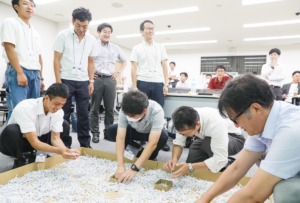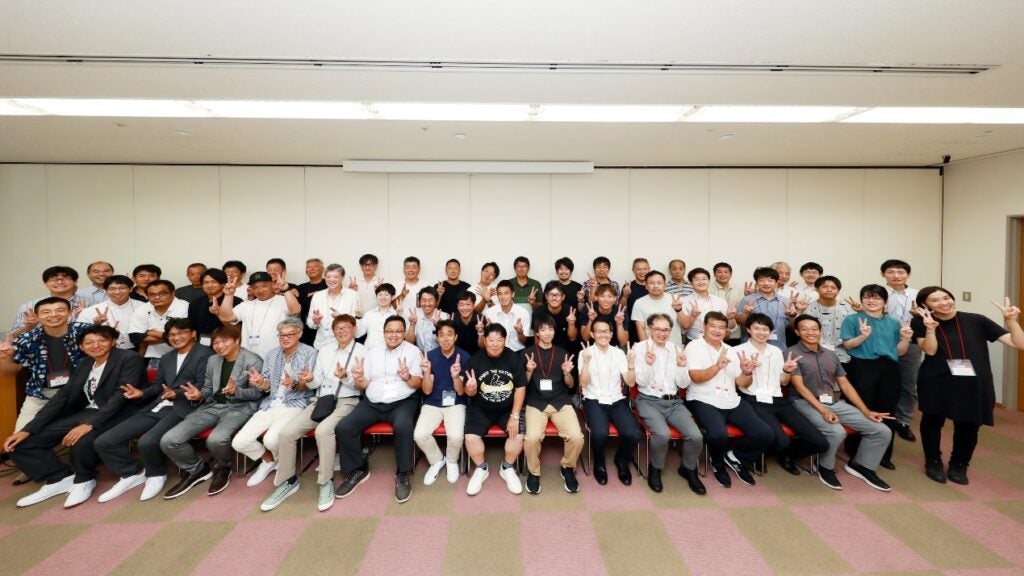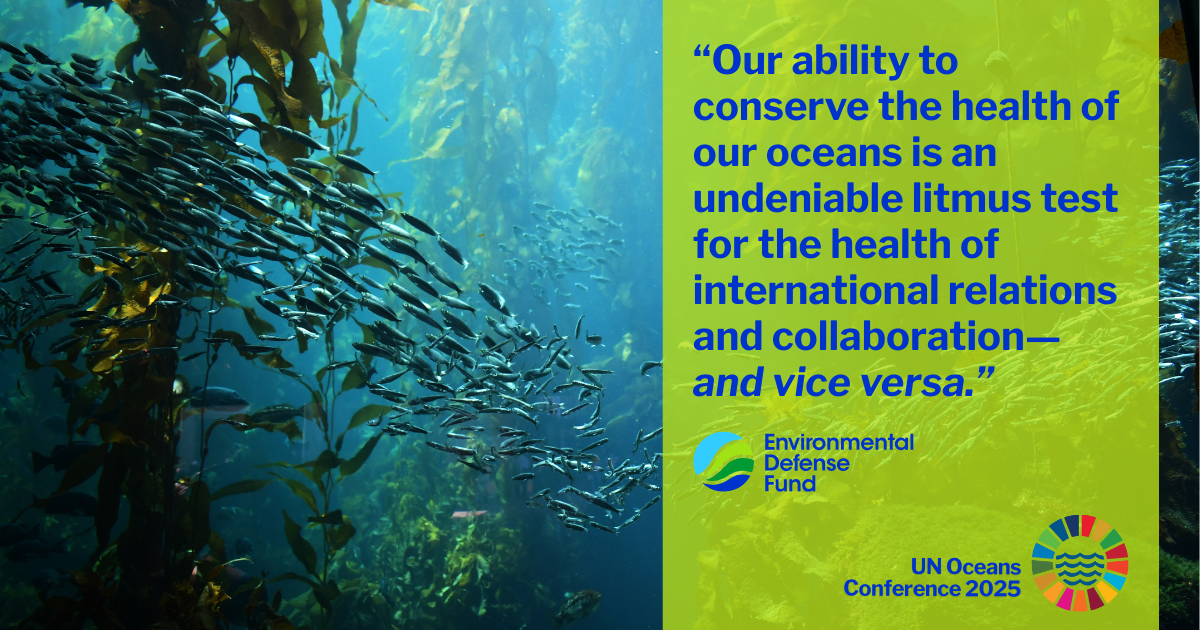
Overcoming Communication Barriers and Equipping Fishers: The Key to Successful Fisheries Reform in Japan
By: Fenjie Chen and Shems Jud
A ground-breaking shift in Japan’s fisheries management is happening. It is aiming to restore fish stocks and recover harvests to achieve sustainable management and utilization. But many fishers have been unaware of how these reforms impact their daily operation. They have limited understanding of how they can contribute to the reform process and, therefore, have shown resistance and delays in reform implementation. Environmental Defense Fund staff worked directly with fishers to find out why.

The reforms began in 2018 and took effect in 2020. It was the first time in history that major comprehensive reforms were mandated with a strong commitment to science-based, robust management practices. While this milestone is commendable, achieving such significant reforms is no easy feat—look no further than the history of fisheries management reforms in the U.S. It requires substantial time, effort, and collaboration to realize the full potential of these changes on the water.
Successful reform also requires adaptability. Upon passing the initial Fishery Reform Act years ago, Japan released a roadmap with goals to fully implement the reform by 2024. The Fisheries Agency of Japan released an updated roadmap in 2024, recognizing this short timeframe for achieving substantial management upgrades, as well as technical implementation challenges and pushback from some in industry. This adjusted “Phase Two Roadmap” aims to complete the reform activities and recover the fishery by 2030.
The second phase not only seeks to fulfill the initially planned reforms but also to upgrade the existing management system. Key elements include ensuring more robust stock assessments (such as integrating environmental factors), incorporating recreational fishing management, and fostering effective cooperative-level voluntary management. The ultimate goal is to recover harvest volumes to 4.44 million metric tons, an approximately 50% increase.
Bridging the Gap Between Policy and Practice
EDF has been engaged in Japan’s fisheries work since 2016. Through EDF’s local engagement, we’ve identified a persisting critical challenge: Many fishers remain unfamiliar with changes to the reform and the release of the roadmap. Others are resistant to the new reforms, concerned about how these new management practices will impact their current operations and income. To date, there has been insufficient effort to address these concerns and communication challenges, which are currently hindering the active adoption of new management practices.
In response, EDF initiated conversations with the Fisheries Agency of Japan to introduce a stakeholder education, engagement, and trust-building platform designed to provide fishers with opportunities for direct dialogue with researchers and both local and national government officials. The program offers tailored education for fishers, helping them understand stock assessments and the management practices applied to their fisheries, while also allowing researchers and government officials to learn from the local knowledge and perspectives of fishers. This initiative, modeled on the U.S. Marine Resource Education Program, also aims to foster trust-building among these three stakeholders.
A Collaborative Pilot Program

Because of these efforts, the Fisheries Agency of Japan, in collaboration with the Fisheries Research Agency, agreed to pilot this effort with EDF. With support from other key fisheries stakeholders, EDF established a steering committee for this pilot, comprised of researchers, NGOs, fishers, government officials, and industry associations. Under the guidance of the Fisheries Agency, the steering committee selected the snow crab fishery in the Sea of Japan for the pilot, one of Japan’s most well-managed and historically significant fisheries, also known for its high-value unit price.
Drawing from the U.S. experience, the steering committee designed a curriculum tailored to the needs of local fishers after conducting a pre-survey. The focus was on creating an easy-to-understand, interactive program that would be well-received by fishers. This diligent and intensive preparation led to nearly double the expected number of applications from fishers. In late July, EDF, in collaboration with the steering committee, successfully convened the two-day pilot in Kyoto, a central hub for fishers from six prefectures who catch snow crabs using traps and trawling.
The pilot used interactive games to help fishers understand fishery density mapping, a common method for assessing snow crab resources and other economically important fisheries in Japan. It also covered essential scientific terminologies like maximum sustainable yield and spawning potential ratios, linking these to quota determinations that directly impact fishers’ daily operations. Fishers were introduced to national, prefectural, and regional management measures for snow crabs, highlighting both Japanese and international case studies on effective management. They also learned about the challenges of implementing these management practices and the economic reality that more harvest does not always equate to higher income.

Positive Feedback and Future Directions
The two-day pilot concluded with positive feedback from fishers, many of whom expressed a desire for EDF and key fisheries stakeholders to continue this effort. Fishers also provided valuable feedback for future improvements, including designing slides in a more accessible way, reducing the intensity of the program, and incorporating more interaction during each presentation. They also suggested including additional topics, such as reviving shrinking coastal fishing communities and discussing climate impacts in relation to science and management.
Following the pilot, the steering committee reviewed the event to evaluate its effectiveness and areas for improvement, discussing next steps for continuing this program in Japan. Prefectural government officials expressed their desire to continue such efforts, while the Fisheries Research Agency and other key stakeholders recognized the importance of educating fishers and acknowledged the effectiveness of this program model in connecting all parties on the same platform simultaneously.
EDF sees this initiative as a critical first attempt in Japan to equip fishers with the knowledge needed to implement local management effectively, reduce friction between fishers and managers, and facilitate the smooth implementation of reforms. Moreover, researchers and government officials will have the opportunity to learn from fishers, gaining valuable feedback on current science and management practices, and over the long term, forging a positive partnership for managing common resources together, which is ultimately beneficial for any fisheries management.












